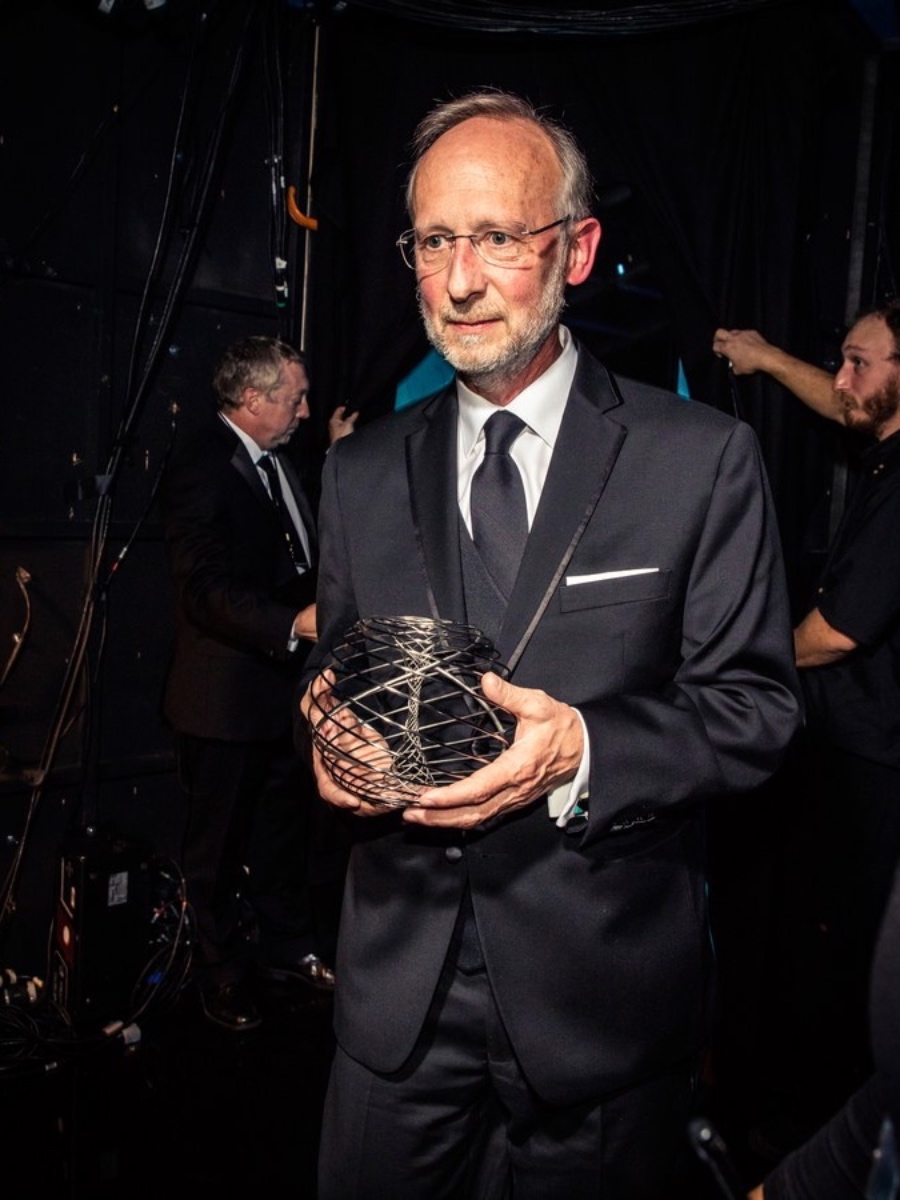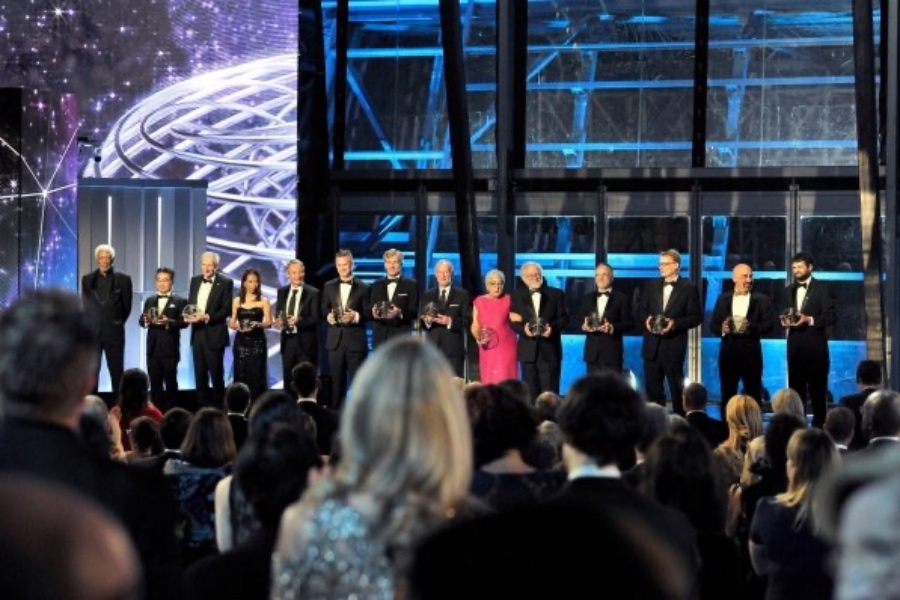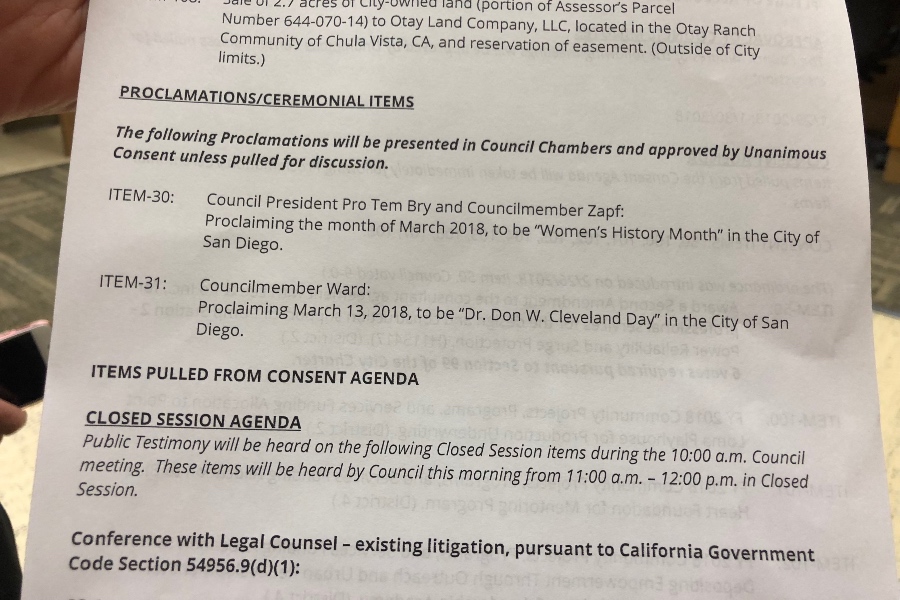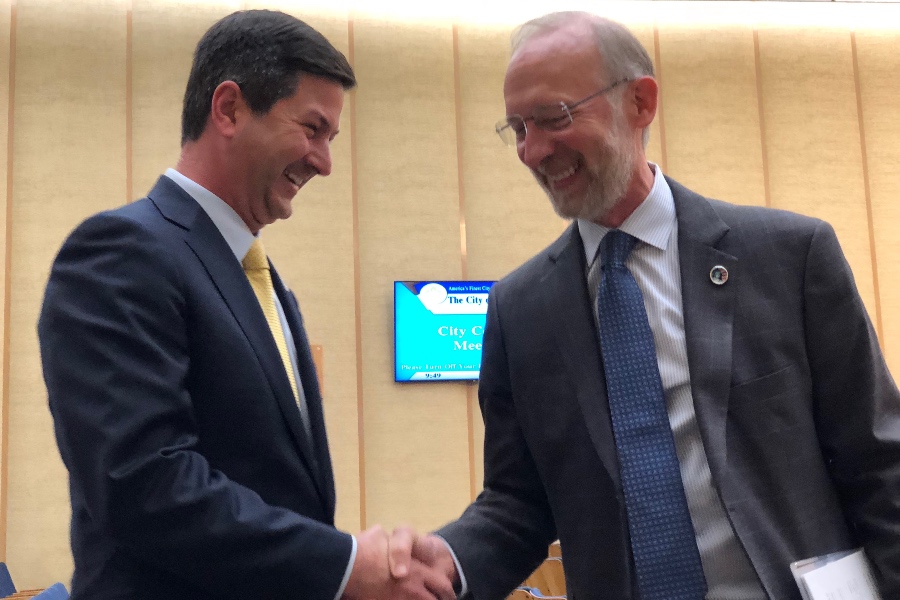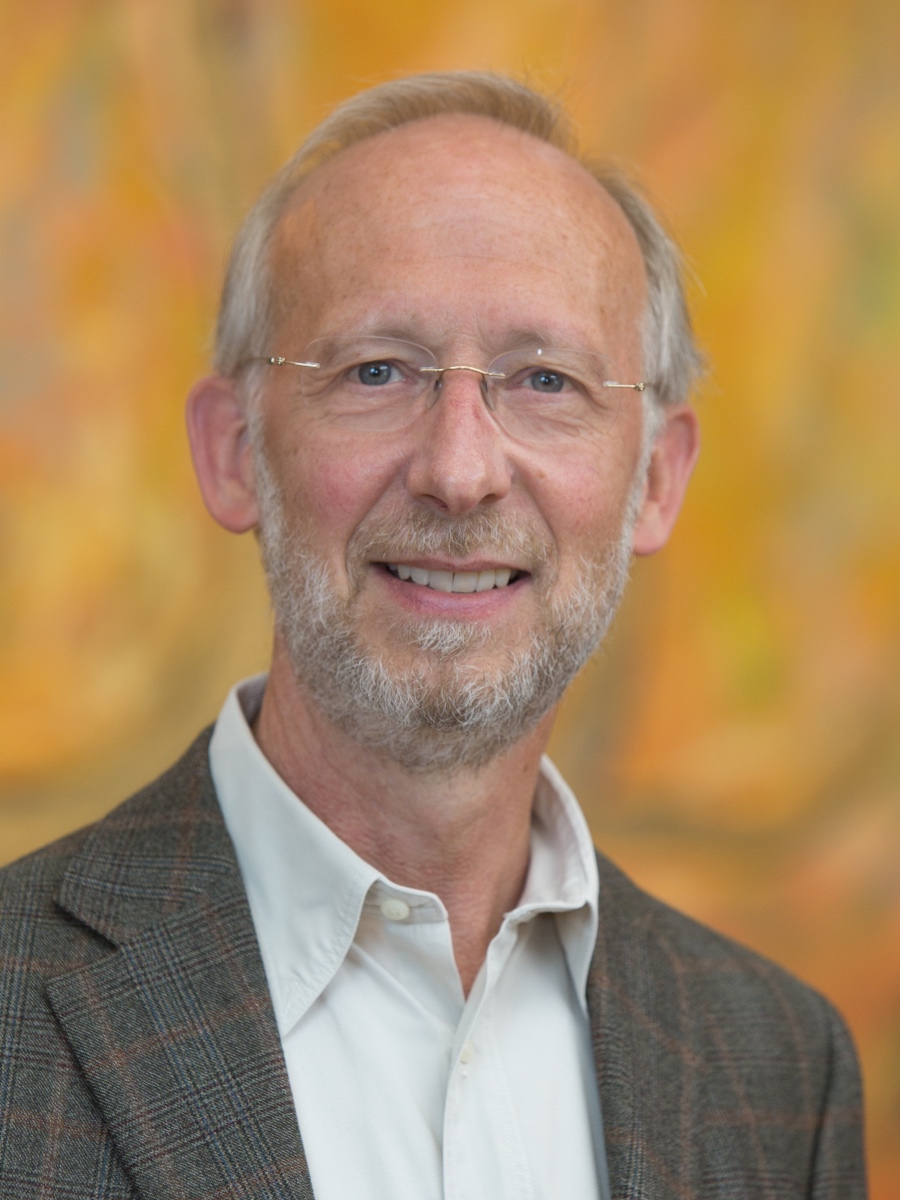
- dcleveland@ucsd.edu
- (858) 534-7811
- (858) 534-7659
-
Univ. of California at San Diego
9500 Gilman Drive
Mail Code: 0660
La Jolla , CA 92093
Distinguished Professor and Chair, Department of Cellular and Molecular Medicine

Cleveland has made ground-breaking contributions in the regulation of assembly of mitotic spindles and chromosome movement. He discovered the microtubule associated protein tau (mutation in which causes human cognitive disease), the tubulin gene families encoding the major subunits of microtubules, and the first mammalian example of control of gene expression through regulated RNA instability. He identified components required for microtubule nucleation and anchoring during spindle assembly. He discovered CENP-E, the centromere-associated, microtubule-motor that he showed to be a microtubule “tip tracker” essential for powering congression of initially misaligned chromosomes, chromosome attachment at centromeres, and maintenance of chromosome congression. Using all purified components, he identified that unattached centromeres/kinetochores initiate a two step catalytic cascade signaling mechanism that represents the mitotic checkpoint, the cell cycle control mechanism that prevents errors of chromosome segregation in mitosis. He identified that the meiotic counterpart of the mitotic checkpoint is silenced without development of interkinetochore tension, thereby uncovering a mechanistic basis for the high error frequency of female meiosis in mammals.
The centromere is the basic determinant of chromosome inheritance. Unlike genes carried on those chromosomes, however, centromere position is defined by an epigenetic mark, not by DNA sequence. Cleveland identified the basis for epigenetic inheritance of centromere identity. He demonstrated it to be chromatin assembled with the histone H3 variant CENP-A, which he showed to be able to template its own replication through action HJURP, the histone chaperone/chromatin loader he and his team discovered.
Cleveland has made field leading discoveries into the causes and treatment of ALS and Huntington’s diseases, with implications for a set of additional neurodegenerative/ neuromuscular diseases that include spinal muscular atrophy, myotonic dystrophy and Alzheimer’s and chronic traumatic brain injury. His efforts identified key steps that trigger disease and that accelerate ALS disease progression from mutation in superoxide dismutase. These findings have redirected efforts at stem cell and gene silencing therapies in ALS. Cleveland also identified tau, the microtubule associated protein which misaccumulates in intraneuronal tangles in essentially all instances of Alzheimer’s disease and whose misfolding mediates a slow cell-to-cell spread that is causative of the chronic traumatic encephalopathy associated with repeated brain injury now recognized to be prominent in athletics.
Cleveland developed a pair of gene silencing therapies widely applicable in human neurodegenerative disease. His initial approach established utility of “designer DNA drugs” (short single stranded DNAs) that mediate catalytic, RNase H-dependent degradation of the RNA encoded by any selected gene. He demonstrated that single dose infusion of such designer DNA drugs produces durable efficacy (lasting more than three months) throughout the entirety of the rodent and non-human nervous systems. An initial application was for an inherited form of ALS and which entered clinical trial in 2010. In 2013, an extension of this approach entered clinical trial for myotonic dystrophy. Additional trials initiated for Huntington’s disease in 2015 and ALS in 2016, and one is anticipated to initiate early in 2017 for the most frequent cause of ALS and Frontal Temporal Degeneration (FTD), hexanucleotide expansion in the C9orf72 gene.
Extensions for development of clinical trials for silencing genes central to Alzheimer’s and Parkinson’s diseases, chronic brain injury, and a set of ataxias are ongoing. An additional application is in trial with a designer DNA drug chemically modified so that it is not recognized by RNase H (and therefore does not stimulate RNA degradation) but acts to correct an RNA splicing abnormality in spinal muscular atrophy, one of the most abundant genetic diseases of children.
Cleveland has pioneered additional gene silencing or gene replacement therapies for human nervous system disease using adenoassociated virus (AAV). He and his colleagues have shown remarkably broad delivery within the nervous system and they are now developing this for human clinical trial expected to initiate in 2017 using AAV encoding a short hairpin RNA which acts with the RNA-induced silencing complex (RISC) to trigger degradation of the RNA encoded by a mutated superoxide dismutase gene causative of inherited ALS.
Lastly, with his corporate partner Ionis Pharmaceuticals, Cleveland developed the first synthetic CRISPR RNA, demonstrating that it can direct and activate transient, DNA site sequence-specific Cas9 nuclease activity which will cleave and inactivate a target gene. This approach is now in development for therapy combining AAV gene delivery and synthetic CRISPR infusion for gene silencing or correction.
Aneuploidy - acquisition of a chromosome content other than a multiple of the haploid number – has long been known to be a frequent component of tumorigenesis. By generating mice that develop aneuploidy at high rates, Cleveland tested the 100 year old hypothesis that aneuploidy drives tumorigenesis. He demonstrated that aneuploidy drives tumorigenesis in some genetic contexts, but suppresses it when combined with tumorigenic mechanisms that independently generate high levels of aneuploidy. Cleveland also discovered the centromere motor CENP-E. His demonstration that inhibition of it induces chronic mitotic arrest followed by cell death for a variety of tumor cells, has enabled development of inhibitors of the CENP-E motor. GlaxoSmithKline and Cytokinetics have taken CENP-E inhibitors to clinical trial for human solid tumors.
The Breakthrough Prize in life sciences or mathematics, 2018
Elected Member, National Academy of Sciences, 2006
Elected Fellow, American Academy of Arts and Sciences, 2006
Elected Fellow, American Association for the Advancement of Science, 2009
Elected Member, The National Academy of Medicine, 2012
Elected Fellow, American Academy of Microbiology, 2006
President, American Society for Cell Biology, 2013
Katharine Berkan Judd Award, Memorial Sloan Kettering, 2012
Wings Over Wall Street and MDA Outstanding Scientist, October 2007
Outstanding Scientist Award, Playing to Win for Life Foundation, September 2004
Sheila Essey Prize, American Academy of Neurology and the ALS Association, April, 1999
NIH Jacob Javits Neuroscience Investigator MERIT Award from the National Institute of Neurologic Disease and Stroke, 2005-2012
NIH Jacob Javits Neuroscience Investigator MERIT Award from the National Institute of Neurologic Disease and Stroke, 1989-1996
NIH MERIT Award from National Institute of General Medicine, 1994-2004
NIH Research Career Development Award, 1982-1987
Chaim Weizmann Postdoctoral Fellow, 1978-1980
NSF Predoctoral Fellowship, 1972-1975
Valedictorian, College of Arts and Sciences, New Mexico State University, 1972
For elucidating the molecular pathogenesis of a type of inherited ALS, including the role of glia in neurodegeneration, and for establishing antisense oligonucleotide therapy in animal models of ALS and Huntington’s disease.
